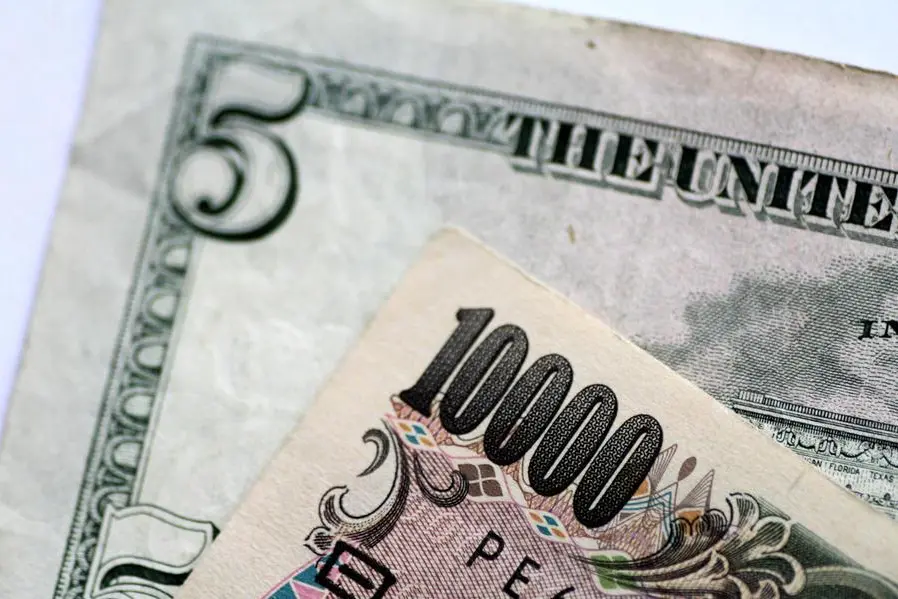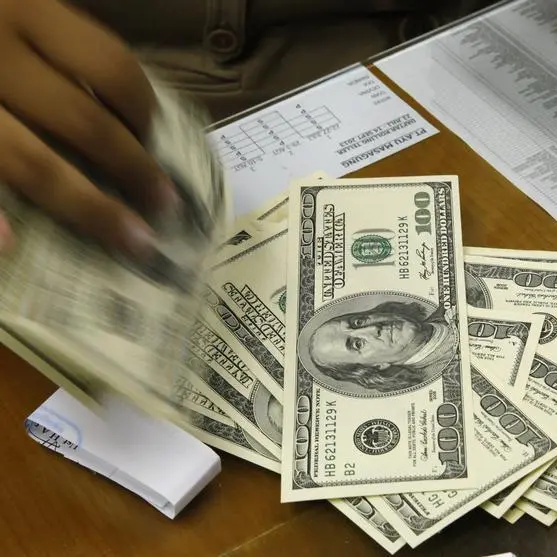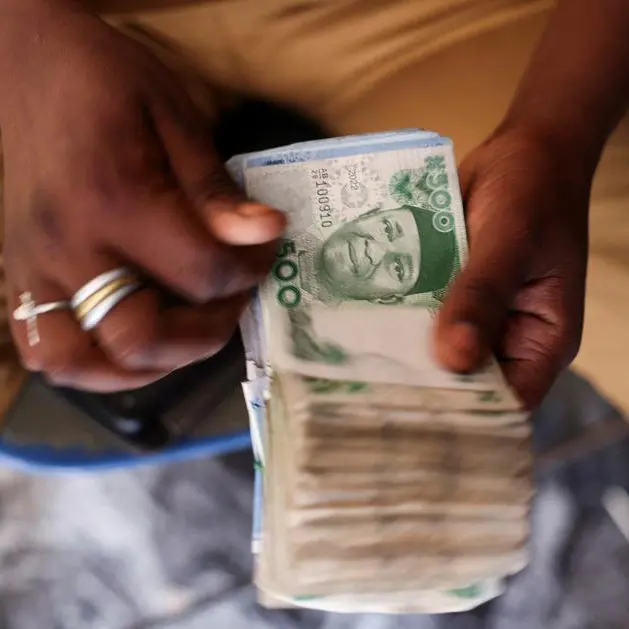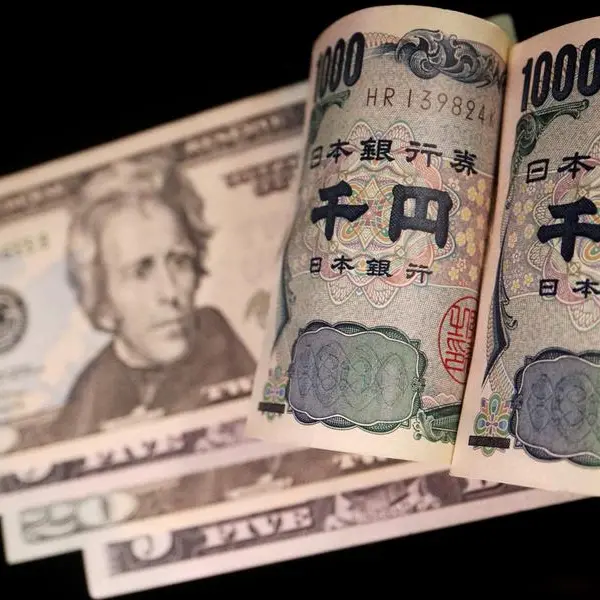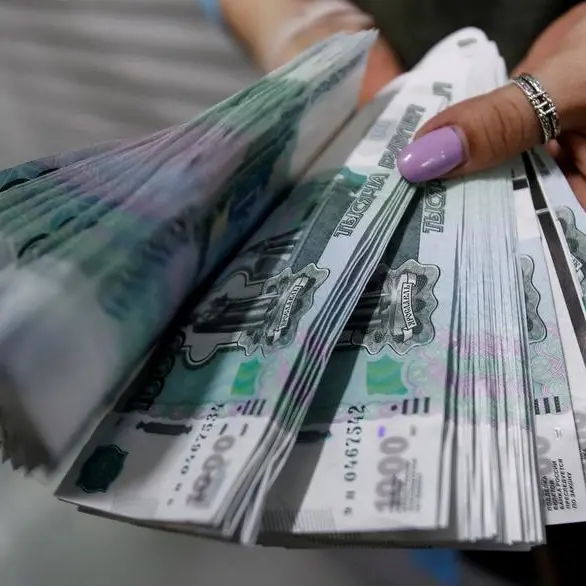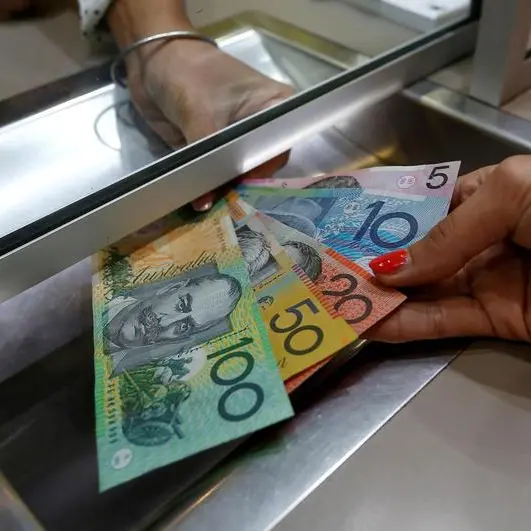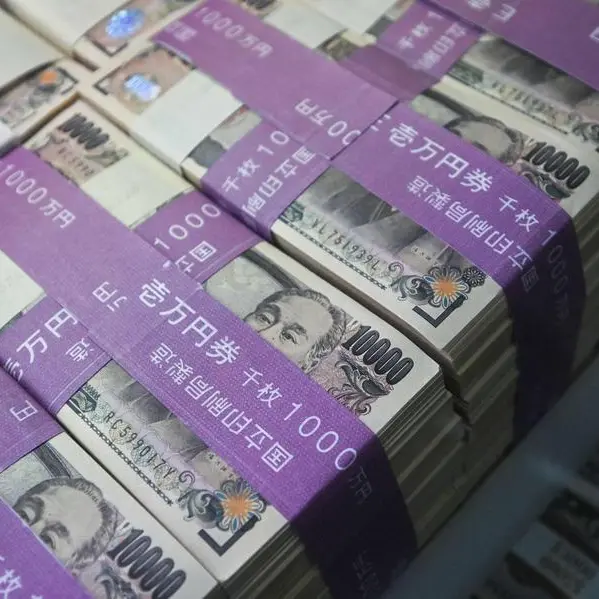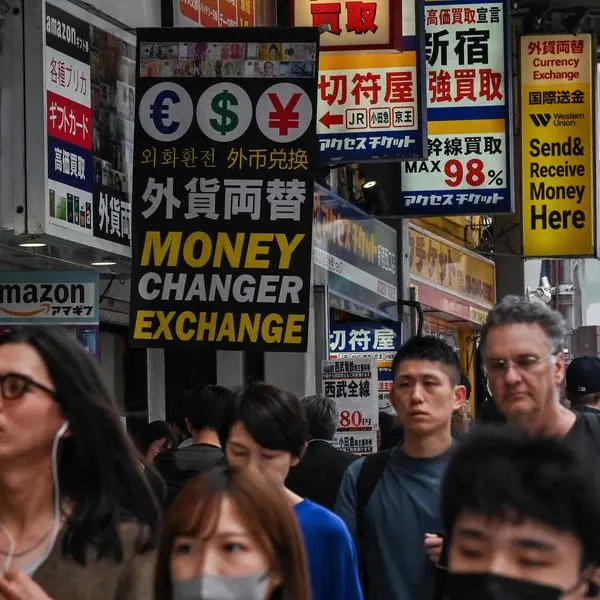PHOTO
The U.S. dollar edged up while the yen hit a fresh multi-month low versus the greenback on Wednesday ahead of a Federal Reserve policy meeting and after the Bank of Japan (BOJ) raised interest rates for the first time in 17 years.
Analysts said the yield differential between U.S. Treasuries and Japan's government bonds, which remains stark, will keep leading the yen after flagging that the Japanese currency had already given up the pre-BOJ policy meeting rise.
A potentially hawkish Fed Open Market Committee poses further downside risks to the yen, which could trigger a fresh round of measures from Japanese authorities to support it.
Barclays and BofA recently flagged so-called "intervention levels" from 152 to 155 yen to the dollar. BofA said that the U.S. dollar had not reached 152 yen since 1990, after failing to break that level in October 2022 and November 2023.
While investors expect the Federal Reserve to keep rates unchanged at its policy announcement on Wednesday, Fed officials' signals could get more hawkish about the timing and extent of any easing this year.
"If the yen falls further from the current levels, I expect some verbal intervention from Japanese authorities to support the currency," said Athanasios Vamvakidis, global head of forex research at BofA.
On Wednesday, the yen was down 0.55% at 151.77, a fresh four-month low.
It hit a multi-decade low of 151.92 in 2023.
"If we are incorrect on that (a reasonably balanced Fed communication tonight), then the forex could get interesting as a hawkish (Fed) communication could see Tokyo's resolve over limiting yen depreciation being tested," said Derek Halpenny, strategist at MUFG Bank.
"A Tokyo holiday could exacerbate a move higher (of the dollar), and a breach of the 2023 high is certainly feasible," he said, after flagging that it's Vernal Equinox Day in Japan.
The yen weakened, and Japanese government bond yields fell after the BOJ announced on Tuesday that there would be an exit from years of ultra-easy monetary policies.
"The BOJ decided for a dovish exit from its negative rates policy. They raised rates but for now they are staying there. Meanwhile they will continue buying the same amount of bonds," BofA's Vamvakidis said.
The yen's drop was broad-based, with the currency weakening to 164.71 against the euro, its lowest since 2008, while against the pound, yen slipped to 192.84, its lowest since 2015.
Low Japanese rates have made the yen the funding currency of choice for carry trades, in which traders typically borrow a low-yielding currency to then sell and invest the proceeds in assets denominated in a higher-yielding one.
The dollar index, which measures the U.S. currency against six rivals, was up 0.23% at 104.15, a fresh 3-week high.
Last week's stronger-than-expected U.S. inflation reports led traders to further reduce bets on Fed rate cuts this year, with markets now pricing in 73 basis points (bps) of easing. At the start of the year, traders were pricing in 150 bps of cuts.
The euro was last at $1.0841, down 0.22%, as investors positioned ahead of the Fed meeting.
"European economic data are getting better, and the same is happening in China," BofA's Vamvakidis said, adding that such a backdrop could soon lead to some euro strength.
European Central Bank President Christine Lagarde said on Wednesday the ECB will continue to be data dependent and will not commit to a pre-set number of rate cuts even after it starts easing its monetary policy.
The Aussie eased 0.15% to $0.6519, a day after Australia's central bank held interest rates steady as expected.
In cryptocurrencies, bitcoin was flat at $63,728, having touched its lowest in two weeks of $60,760.
(Reporting by Stefano Rebaudo, additional reporting by Ankur Banerjee; Editing by Bernadette Baum)
